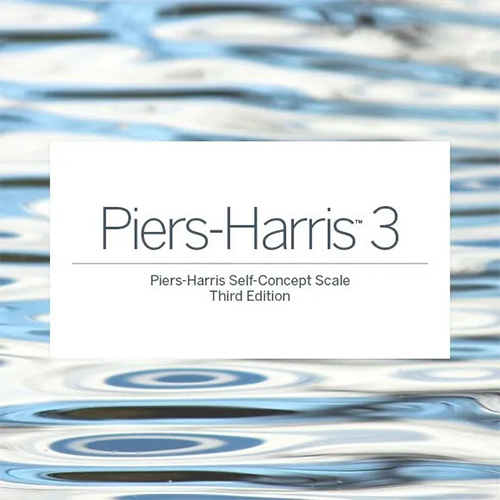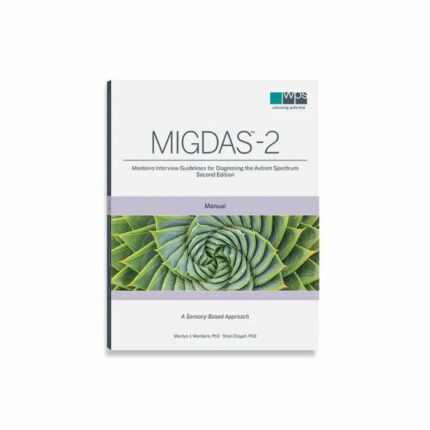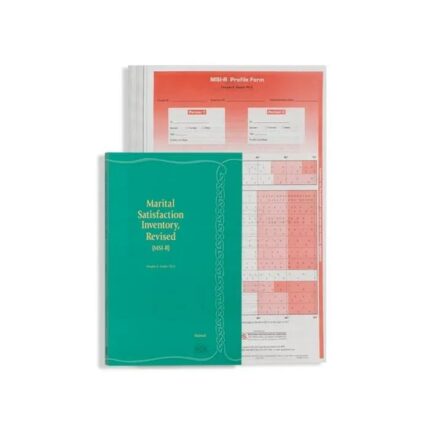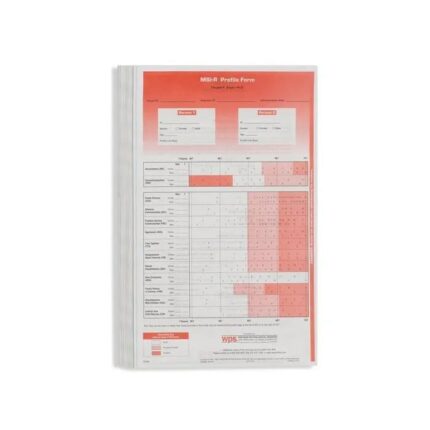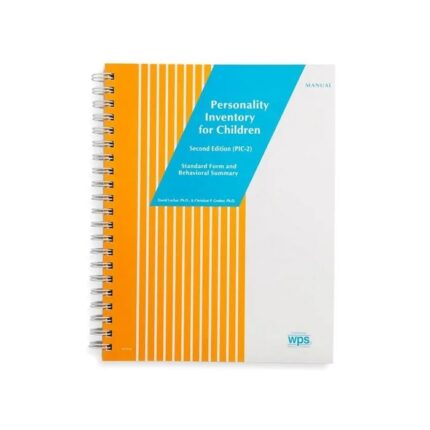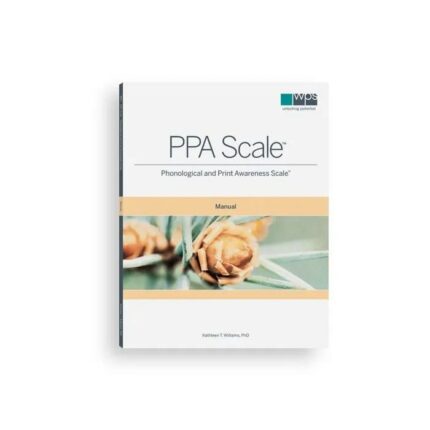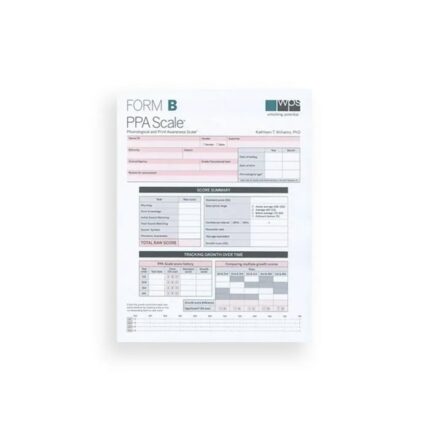(Piers-Harris™ 3) Piers-Harris Self-Concept Scale, Third Edition
About This Product

The Piers-Harris 3 quickly measures self-concept in children, adolescents, and young adults, and identifies individuals who need further testing or treatment. While retaining core features of the widely used Piers-Harris 2, this revised edition has been upgraded with a broader age range and updated item content enhanced with improved readability and clarity. Items reflecting bullying, social isolation, and body image have been added to better assess social acceptance and physical self-concept. Other new features of the Piers-Harris 3 include:
- Updated norms based on a new, nationally representative standardization sample
- Expanded validity through new clinical studies with six diagnostic groups: ADHD, ASD, depressive disorder, eating disorder, specific learning disorder, trauma- or stressor-related disorder
- New online administration and scoring options available on the WPS Online Evaluation System (platform.wpspublish.com)
Total Score and Six Domain Scores
Based on the individual’s own perceptions rather than the observations of parents or teachers, the test assesses self-concept and comprises 58 items and six domains:
- Behavioral Adjustment
- Freedom From Anxiety
- Happiness and Satisfaction
- Intellectual and School Status
- Physical Appearance and Attributes
- Social Acceptance
In addition, two validity scales identify biased responding and the tendency to answer randomly.
Test items are simple descriptive statements, written at a first-grade reading level. Individuals indicate whether each item applies to them by selecting a yes or no response. A Spanish version of the answer form is available for individuals who read Spanish only.
The Piers-Harris 3 provides a Total Score that reflects overall self-concept, plus domain scores that permit more detailed interpretation. Nationally representative norms are based on a sample of nearly 1,400 students recruited from school districts and colleges throughout the United States. Because the scales remain psychometrically equivalent to those in the second edition, results from the Piers-Harris 3 can be compared, for research or clinical purposes, to those obtained using the Piers-Harris 2.


